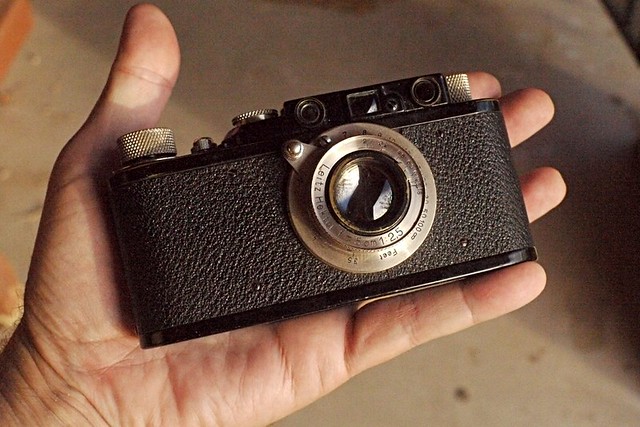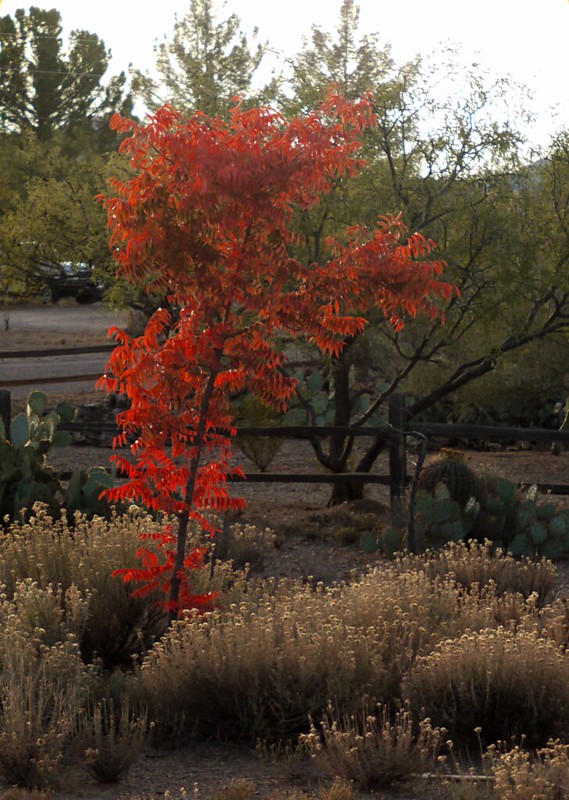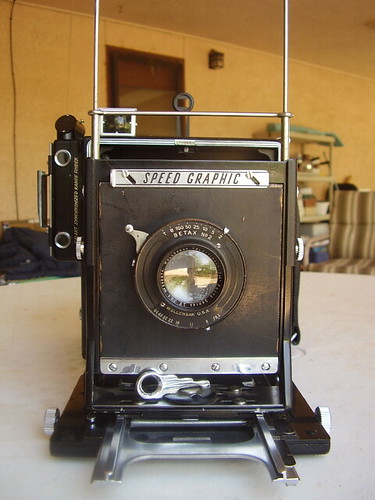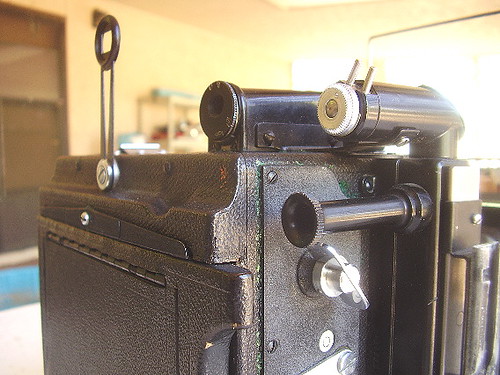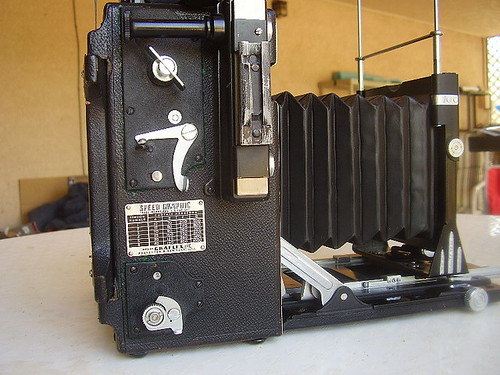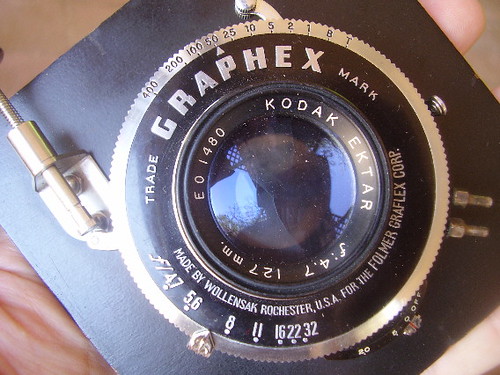September 06 Western Mule MagazineOf all the red rock areas of the southwest, Canyon De Chelly (actually pronounced “Shay” but often mispronounced “Chilly”) in northern Arizona is one of the most enchanting. Many people visit, but few riders know it is possible to hire a Navajo guide and use your own mounts in the miles of forking canyons. In the Spring of 2006 seven intrepid riders navigated the twisty bureaucracy of two nations and successfully spent four glorious days with their mules and horses in this special Navajo land.
For many years there were two things I wanted to see if I ever got to the southwest; red-rock canyons and ancient wall art. With miles of canyons enclosing one of the longest continuously inhabited areas in North America, I knew native artisans would have found the rocky canvas irresistible. To be able to ride my mule past these ancient signs would make a dream come true. We were not disappointed, and saw may petroglyphs and pictographs including some that depicted the shorter-eared parent of the mule.
But before we could enter the canyon, we had to traverse the chasm of entrance rules. Our guide had explained the health checks and vaccines our equines would require. We accomplished this vetting weeks before the trip and dutifully sent the paperwork to him.
“This is Navajo land, I’ll take care of the entrance permits,” he said.
Weeks later the seven of us trailered from different southern AZ locations and made a rendezvous at the mouth of the canyon on the outskirts of Chinle, AZ. The guide had indicated in our telephone calls there would be corrals here. There were not, but there was a nice camping area shaded by sycamore trees. We highlined the animals then hightailed it into town for some excellent local grub.
The next morning as we began to saddle up and pack the mules a National Park truck appeared. The ranger asked to see our health inspections, and noted that strangles wasn’t checked. Though we protested that our guide hadn’t mentioned that disease, the ranger stated, “This is National Park land, we take care of the entrance permits.” Casting a glance at Nancy’s beloved cattle dog she added, “and dogs are strictly prohibited.” It appeared we were getting bogged down in a case of “this land is my land, this land ain’t your land.” Explanations begat accusations which begat negotiations. There was no love lost between the warring parties; the Navajo Nation and the US Government are still at it.
Finally a truce was signed and we were allowed to proceed if we had the local vet administer a nasal strangles vaccine and if the dog remained behind in the park kennels.
Immediately upon entering the canyon our troubles were literally and metaphorically behind us. The riders were Dennis and Nancy, semi-retired from work but working full time at enjoying the west from horseback. Judy isn’t really what they call a “snowbird” in Arizona, because she spends the majority of the year in Arizona and only spends the hottest couple months in Wisconsin. Perhaps “hotbird” would be a better term. Kelly, his wife Linda and daughter Kim made up the one representative family. Kim likes to ride and camp but was worried about missing schoolwork. So one of the mules packed her school assignments.
Between Kelly’s two pack mules and my one, we were loaded with all the provisions we would need. It turns out we were packing just for fun, because the guides can bring supplies, including hay, right to the campsites.
Finally, there was our guide Eddie, who had an amazingly deadpan way of answering any of our questions. When we saw a great blue heron Judy asked, “where did he come from?”
Eddie sat on his paint horse, Checkers, a minute then said, “his mother.” He was a friendly and helpful guide.
The mouth of the canyon reminded me of one of my favorite gospel songs, Fifty Miles of Elbowroom. It was like a wide and flat beach at low tide, with rippling water sparkling in the sun. The predominant colors are not seen in such concentrations this side of Christmas; red cliffs walls interspersed with bright green cottonwood and willow leaves. The unusual colors, shapes, and sizes of the landscape are like nothing you’ve seen elsewhere. In most places we rode beside a sandstone wall that rose straight up hundreds of feet. In other places the stream had undercut the cliff, creating a shady overhang.
Canyon de Chelly is in the four-corners region, and gets hot and dry by early summer. We chose mid April for cooler temperatures. Even with the scant snowfall this past winter, there was enough runoff to have visible water everywhere. An added advantage of riding where there has been recent water is the sand is packed and easy to ride on.
We saw a half-dozen cliff dwellings the first 3 miles. On the walls around them were some of the best petroglyphs I've seen. Some were bighorn sheep or other game, some were handprints, and some were strange humanoid figures that always had some unnatural feature, like a stretched torso or giant head. One of the scenes showed conquistadors and monks on horses. I wondered what emotions the artist felt as he labored for days to create the elaborate panorama 400 years ago. How did the landscape suit those Spanish horses, the first to be in the canyon in 9,000 years?
Our present-day mounts enjoyed the canyon just fine. The pack and riding mules appreciated the abundant water, shade and dead-flat grade. Though this would seem a paradise compared to southern Arizona, the guide’s local horse didn’t agree. As the group waited while Eddie closed a barbwire gate, his horse Checkers trotted past us. “Somebody better go get Checkers,” he said. Everyone chuckled and looked at each other. “No, I mean somebody REALLY better catch him, he’ll run all the way back to Chinle!”
Checkers thought the 8-second lead was all he needed. Dennis started down the sandy canyon at a lope until Kelly blitzed past him at a gallop. The wide, sandy arena with it’s 500 foot red walls enabled a quick retrieval of the flighty beast. I noted Eddie didn’t just throw the reins over a bush anymore.
Our base camp was in a grassy alcove in the cliffs about 3 hours from the canyon entrance. Cottonwoods formed a line across the straight edge of the “D” along the riverbed. Halfway up above us was an impressive cliff dwelling. The guide had bales of hay waiting for the equines, while a small, three-sided shelter complete with two picnic tables offered Kelly a place to set up his kitchen to feed us humans.
We brought in a variety of tents. Nancy and Dennis had a weathered but still sturdy dome, with a space age (circa 1975) reflective silver fly. It looked big enough for perhaps a couple of small cats. Kim traded her trusty but small Sierra Designs tent to mom and Kelly for a roomier model she would share with Judy. My 16-year-old tent had fallen off a mule on last winter's elk trip. I brought a never-used Walmart special I’d gotten for free the other day from a friend’s moving sale. This tent had more stake points than I’d ever seen, 8 in total. We discussed the need for stakes as I helped the others set up their tents. I've seen plenty of sudden "killer winds" come out of nowhere in the southwest, so I tapped in all eight stakes.
The next day's ride was magical. It was overcast and therefore a cool 75 degrees. We rode up the northern fork to the impressive White House ruin. At several tiny farms children would approach with beaded necklaces to sell.
That evening as we rode towards camp a wind started up quite suddenly. By the time we approached our cliffside shelters gusts were about 50 knots. We all wondered what condition the tents would be in. Dust and grit were flying horizontal as we tied all the animals up. Dennis' silver astro-tent was ripped off the ground and upside down in a bush like a landing UFO. Kim and Judy's was barely upright, the shape had changed from a dome into a sail, which the wind pushed further and further into the ground. My tent with the multitude of stakes seemed to be maintaining its position, but not its shape. As we all scurried around fixing the most damaged tents I watched mine morph into various abstract art forms.
Then the wind picked up to 65 knots. The mules hunkered down and closed their eyes. My tent started losing the battle. I ran over and grabbed a handful of fabric and tried to hold it against the gusts. A severe blast pushed the side almost inside out and I heard a fiberglass pole snap. I quickly pulled the ends of the rest of the poles out of their grommets and let the fabric lay on the ground. A few rocks would hold it until the wind stopped.
But the wind never did stop, it blew all night. I followed the guide's lead and put my saddle pads on a picnic table moved into the cook shelter. All night the grit blew around the opening of my mummy bag and in my face. In the morning I heard Judy and Kim calling from under their collapsed tent, but everyone else had kept their quarters standing. It seems Canyon de Chelly was sculpted more by wind than by water.
As we started to cook breakfast and watched the mules quietly eating their hay, Nancy pointed to the book I’d been reading, "Collapse." “We should pick some other titles to read,” said Judy. But the Chelly wind was over and more beautiful days of riding were ahead.
